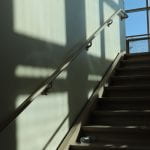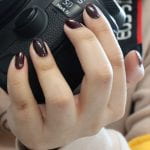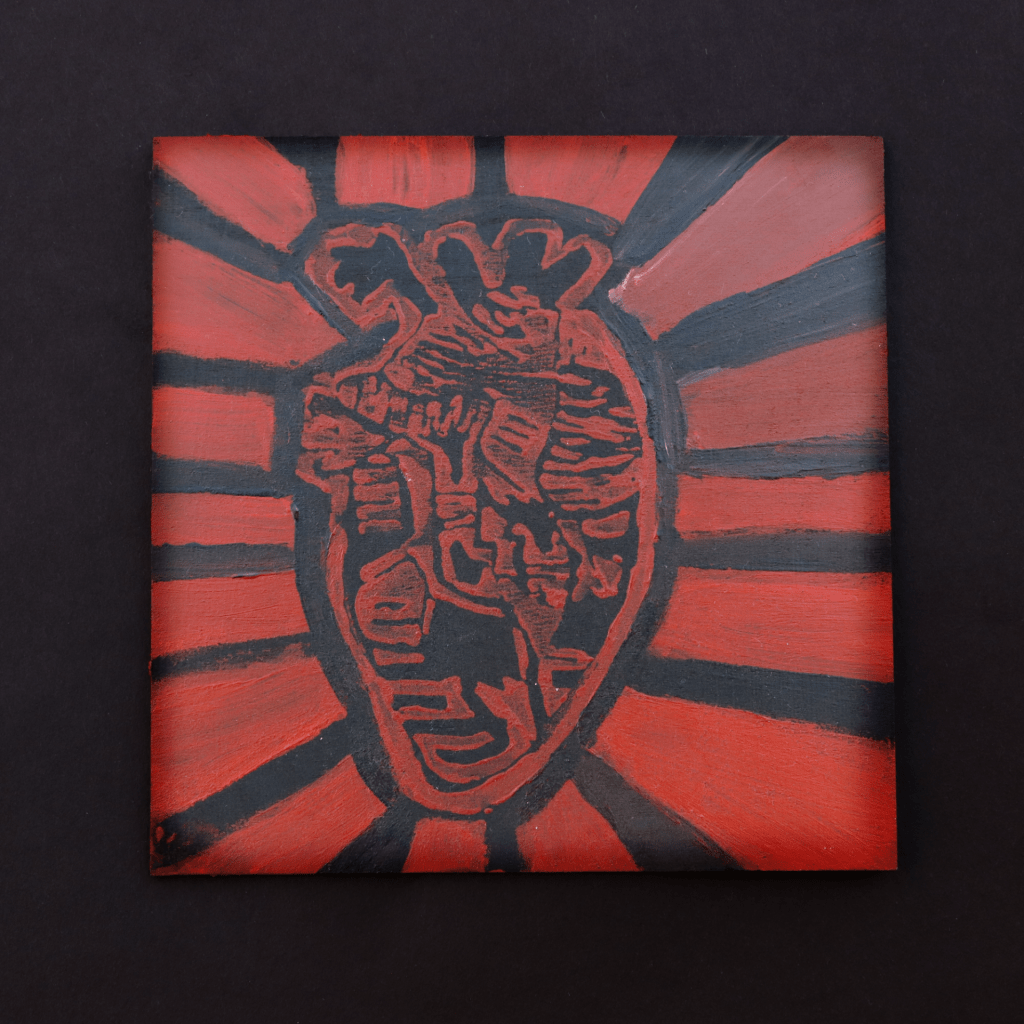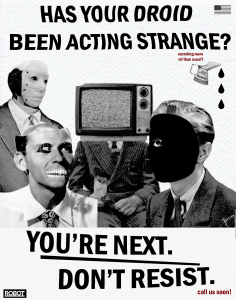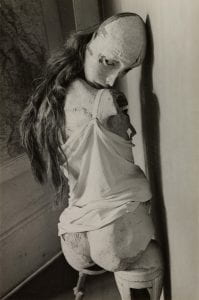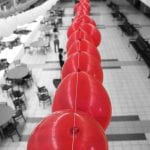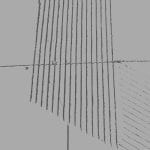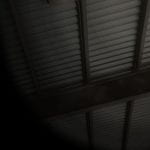PHOTOGRAPHY CAREERS
The jobs that most caught my eye on the career tree was the photographic lab technician and the cinematographer careers. I chose these as my ideal jobs because they all involve something I’m particularly into. For example, I enjoy the idea of being a photographic lab technician because I would simply be processing photos; perhaps not taking them but adding finishing touches and mixing solutions to develop pictures. I like the idea of being half hands-on and half techy because those are aspects of a job that I think I could take an interest in. To have my own space to develop negatives and work with chemicals is something I think I could find a passion in. I also chose cinematography as like anyone else does, I greatly enjoy movies and attempt to analyze them visually. To settle down and study what it’s like to have a naturally good eye for great angles and shots would be something I’d enjoy and eventually turn into a proper job.
The reason as to why I chose these two in particular is solely because they slightly fall under categories of my interests. I aligned being a lab technician with my love for hands-on science, and cinematographer because I find great movie shots really pretty. I gravitated more towards jobs that included physically handling things and also incorporating my own ideas and creativity. While I would’ve gone for something like a multimedia designer or a commercial photographer, I feel like those jobs really require screening and presenting work to other people, which seems stressful. At least with being a photo lab technician, you’d only have to be worried about the solution you’re working with, and as a cinematographer, you’re working alongside a group of people.
I would like to work these jobs in any state that may have differences in salary or may call for more people to work within those professions, but really, I wouldn’t mind just working in California. There seems to be a lot more of an artistic presence here that’s largely unrepresented anyway. I would assume key responsibilities of these jobs would be timeliness, organization, and patience. Both require some degree of cleanliness to stay sane, a way to organize time spent during each session when working, and actually trusting your gut on when to do something; for example, patiently scanning until finding an ideal setting for movie direction as a cinematographer and timing each step in the photo development process as a lab technician. Accordingly, the salary for a photo lab technician is typically $36,000 while being a cinematographer pays about $71,000+ (both yearly). While I find myself going more for the science/medical field in the future, these are careers I would definitely consider.
KEITH HARING INSPIRED
- DANCE CLUB INTERRUPTED
- WITH BLOOD
FAVORITE KEITH HARING PIECE

I would be lying about my favorite Keith piece if I hadn’t chosen this one. It’s lackluster compared to Keith’s other much vibrant works, but it is genuinely my favorite work from him. Haring is known for his striking color contrast, so naturally, I was drawn to this image for that, but also because it features green as one of the predominant colors (my favorite). What also drew me to it were the dogs themselves and the minimalism of the whole thing. Every other piece I have seen from Haring is jumbled and vibrant, which are both great things as it works great with his style, but this one caught my attention as it stuck out being the opposite of all that. While I don’t think this technically bears any meaning as opposed to his PSA-type work and messages, I like to take it as it is: two dogs livin it up and barking between each other. Maybe they’re engaging in a wonderful conversation or sharing secrets about their owners. They’re just dogs being dogs and I like that a lot. I like dogs and art portraying dogs. Maybe there is something so significant about two fuzzy living organisms interacting with each other, I know it’s important to me. I would like to think Keith Haring felt the same if he felt so compelled to make a work of a couple of animals.
MAKE A STATEMENT
SCREEN PRINTING MIXED MEDIA
SCREEN PRINTING
SCAVENGER HUNT
- SIDELIGHTING
- SOMETHING SHINY
- APPLE
- HAT
- REDHEAD
- HANDS
- MASCARA
- A GREEN ITEM
- YOUR SHADOW
- BOOTS
- CAMERA (SHAYARI)
- CIRCULAR (SHAYARI)
- CLOUDS (SHAYARI)
- INSTRUMENTS (SHAYARI)
- ART SUPPLIES (SHAYARI)
- TOOLS (SHAYARI)
- WORD “LOVE” (SHAYARI)
- RUBBER BAND (SHAYARI)
- SHADOW (INDIRA)
- GREEN ITEM (INDIRA)
- STICKER (INDIRA)
- PURPLE CRAYON (INDIRA)
- 4-LEGGED PAL (INDIRA)
- BOOTS (INDIRA)
- MADE OF WOOD (INDIRA)
- MY RESULT
- ORIGINAL
PHOTO RECREATION
BLOCK PRINTING
- my surrealism work
- inspo
SURREALISM
For my surrealism assignment, I took a good chunk of inspiration from the photographer Hans Bellmer. The photo I included was one we observed in class earlier, and I recall thinking it was one of the creepiest things I’d seen that day, but in a pleasing way. A lot of Bellmer’s work seems to portray subjects that appear semi-human but more entity-like than anything. There were a few more photos I looked at that appeared to be of mangled dolls/mannequins with strange proportions. They definitely give you the feeling that a body part isn’t supposed to look a certain way, or that a body part is missing the rest of something that makes it look like something remotely normal… I really wanted to replicate faces that would somehow match up to the subject in the photo, so I focused more on manipulating the faces. I first thought about making mannequin-like subjects in front of a peculiar setting, but I picked up inspiration from old 1950’s PSA ads and magazines. There was something eerie to me about the models used in those ads, and the sometimes baffling captions on the photos. I eventually settled on making my subjects “droids” or abnormally human robots, and created a poster that made it seem like a promo for them and their functions to the public. The thing that classifies it as surrealism to me is the idea of such advanced looking robots being in such a vintage commercial. It just doesn’t belong, but the visuals make it seem like a completely non-bizarre thing from that time period.
- FILL THE FRAME
- LEADING LINE
- FRAMING
- RULE OF THIRDS
Why do you think composition is important in photography?
It helps creators build a structure for what they want their work to look like, and we as photographers get to explore different ways of shooting things we want to shoot; we can decide what we want to incorporate into our art in different angles and perspectives.
What draws you in when looking at photography and art?
Since I look at photography with more detail, I like to focus on the smaller aspects of it. I think it’s better when art is maximalist, but I can find minimalist media just as interesting. Another huge thing that draws me in when looking at art is if there’s a message behind it. Political media that looks both visually pleasing, with a good amount of symbolism to explore, and a good way of addressing its message is cool to me.
Have you been to any museums and where? Did you get inspiration to create art while viewing the work on exhibit?
I have not been to many museums focused on art, but I’ve always wanted to go to that one Van Gogh exhibit and the Museum of Death. The latter is super macabre, and the props look super interesting; I’d really want to see it firsthand. Van Gogh is also a pretty notable artist and I’ve found inspiration in his work and story, so it’d be cool to see his work presented in such a unique way.
MY ELEMENT OF ART PHOTOS
- SHAPE
- LINES
- FORM
- COLOR
- VALUE
- TEXTURE
- SPACE
- LINES EXAMPLE
- COLOR EXAMLPLE
- SHAPE EXAMPLE
- SPACE EXAMPLE
- TEXTURE EXAMPLE
- TEXTURE EXAMPLE 2
- COLOR EXAMPLE 2
- FORM EXAMPLE
- VALUE EXAMPLE
- What are aperture, shutter speed and ISO? Aperture is the variety of sizes that the camera lens adjust to when allowing how much light passes through. Shutter speed is how long the shutter lens opens and closes, which is what allows light in. ISO is the camera’s sensitivity to light, the scale ranging from low to high sensitivity.
- When would you need to change your ISO? In environments with different lighting may call for a different exposure level in order to take an appropriate shot.
- What is aperture and shutter priority settings? Aperture priority is a mode in which you have the ability to manually set your aperture, and shutter priority is similar, only, you have the option to set the shutter speed.
- What are AF modes and how do you change them? AF modes are Autofocus modes. Although how to change these modes vary among cameras, you commonly have to rotate the main command dials to switch through the modes (AF-S, AF-C and M).
- Why do you need to meter the light to get the right exposure? Metering controls the amount of light that is on the subject or in the photo which the overall exposure depends on.
- What is white balance and why would you need to change it? White balance is part of color temperature and corrects the temperature in an image by shifting certain light/color points into whites.
- What is depth of field and what is the difference between shallow and good? Depth of field is the distance between different subjects in your photo and how much of it is in focus. A shallow depth of field is when a small area in the photo is focused on while the backdrop is usually blurred. A good or deeper depth of field would have a larger part of the image in focus rather than just one spot.
- What are drive modes and metering modes? Drive modes include single shooting, self-timer mode, and more. They are shooting modes included in the camera. Metering modes decide what the correct shutter speed and aperture should be, relying on the amount of light in the camera’s shot.
- What is exposure compensation? It allows the overriding of exposure settings based on the camera’s light meter, all in order to darken or lighten images.






